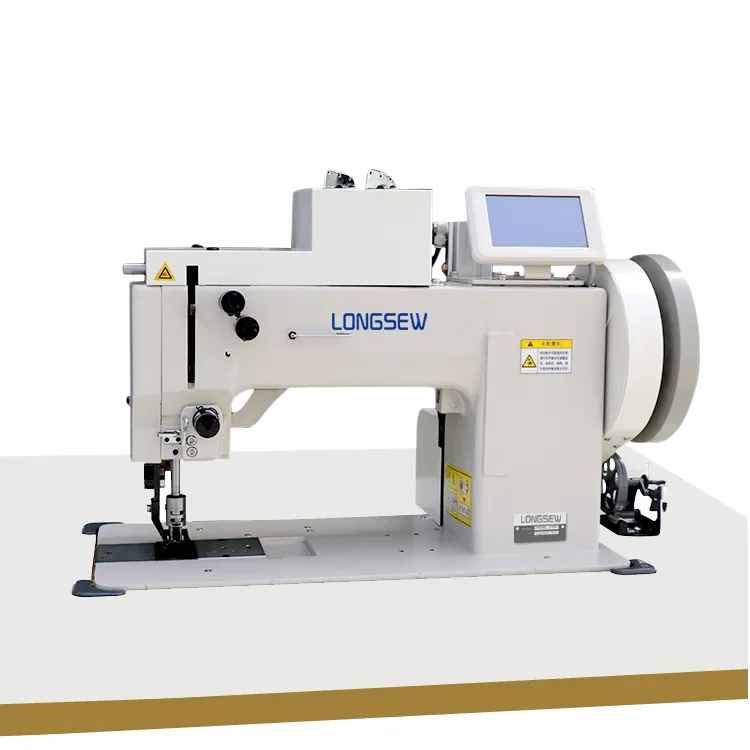Understanding the Function and Benefits of Using a Twin Needle in Sewing
Understanding Twin Needles A Comprehensive Guide
When it comes to sewing, the tools and techniques you choose can greatly influence the quality of your finished project. One such tool is the twin needle, which is often underappreciated by both beginners and seasoned seamstresses. In this article, we'll delve into what a twin needle is, how it works, its different types, and when to use it.
What is a Twin Needle?
A twin needle is a specialized sewing needle that features two needle points mounted on a single shaft. This unique design allows you to sew two parallel lines simultaneously, creating professional-looking hems, stitch details, and decorative elements on various fabrics. The spacing between the two needle points can vary, typically ranging from 2mm to 4mm. Each needle point has a separate thread, allowing for the creation of vibrant multi-thread designs.
How Does a Twin Needle Work?
Using a twin needle requires you to adjust your sewing machine settings. Unlike standard sewing needles that use only one thread, a twin needle requires two threads fed through the needle and a single bobbin thread beneath the fabric. Here's how to set it up
1. Threading Begin by threading both needle points. This usually involves placing two spools of thread on the sewing machine—some machines have twin spool pins for this purpose. The threads will then be threaded through the two needle eyes.
2. Selecting a Stitch The most common stitch used with a twin needle is the straight stitch; however, some machines facilitate zigzag or decorative stitches. Make sure to choose the right stitch, as some stitches may not be compatible with twin needles.
3. Adjusting Tension You may need to tweak your machine's tension settings to ensure both threads stitch evenly. Consult your sewing machine manual for specific guidelines on tension adjustments.
4. Sewing Once threaded and set up, place your fabric under the presser foot and start sewing. The twin needle will create two parallel lines of stitching on the top side of the fabric, while the bobbin thread will provide support underneath.
When to Use a Twin Needle
There are specific scenarios where using a twin needle becomes particularly advantageous
what is a twin needle

1. Hemming Knits One of the best applications for a twin needle is in hemming stretch fabrics, such as knits. The twin needle creates a beautiful, professional-looking hem that can stretch with the fabric, preventing it from breaking when worn.
2. Decorative Stitching The twin needle is excellent for adding decorative elements to quilts, garments, and home décor. You can create unique patterns and textures by using contrasting threads or varying stitch types.
3. Topstitching For garments that require durability and a polished finish, twin needles are an excellent choice for topstitching.
4. Making Pintucks A twin needle can easily create pintucks—decorative folds of fabric that add visual interest to a piece.
Types of Twin Needles
There are various types of twin needles available, each designed for specific applications
1. Universal Twin Needles These are the most common and can be used on a wide range of fabrics. They work well for both woven and knit fabrics.
2. Ballpoint Twin Needles Specifically designed for knit fabrics, ballpoint needles have rounded tips that push the fibers apart rather than break them, making them ideal for sewing stretchy materials.
3. Stretch Twin Needles These are similar to ballpoint needles but are designed solely for stretchy fabrics. They help prevent skipped stitches and result in a smoother finish.
4. Embroidery Twin Needles If you're looking to create intricate embroidered designs, these needles help achieve a professional look without the risk of damaging your fabric.
Conclusion
The twin needle is an invaluable tool in a sewer’s arsenal. It effectively combines efficiency and creativity, allowing you to produce stunning results in less time. Whether you’re working on knit garments, adding embellishments to a quilt, or simply looking to enhance your sewing repertoire, mastering the twin needle can elevate your sewing projects to new heights. So, next time you sit down at your sewing machine, consider reaching for a twin needle—you might be amazed at the transformation it brings to your work.
-
Heavy Duty Leather Sewing Machine: A Must-Have for Professional LeatherworkNewsMay.28,2025
-
Leather Sewing Machine: Essential for High-Quality LeathercraftNewsMay.28,2025
-
Extra Heavy Duty Sewing Machine for Premium Leather ApplicationsNewsMay.28,2025
-
Walking Foot Cylinder Arm Sewing Machine: Precision and Power CombinedNewsMay.28,2025
-
Industrial Cylinder Arm Sewing Machine: Engineered for High-Performance StitchingNewsMay.28,2025
-
Cylinder Bed Sewing Machine: A Powerful Solution for Precision StitchingNewsMay.28,2025
-
Zigzag Sewing MachineNewsMay.12,2025





























